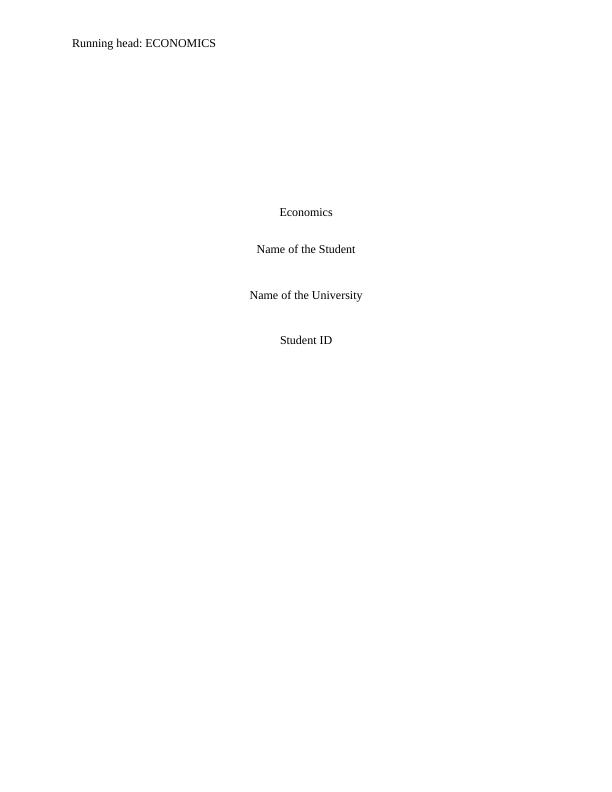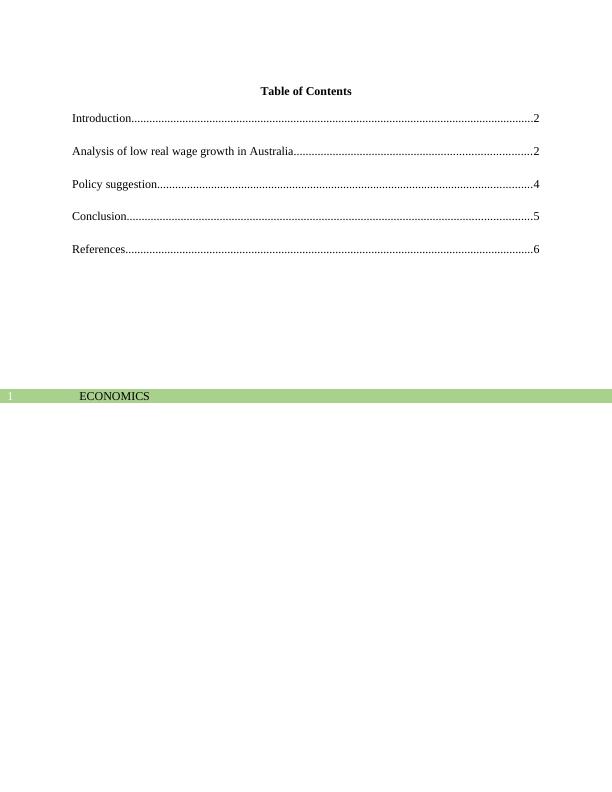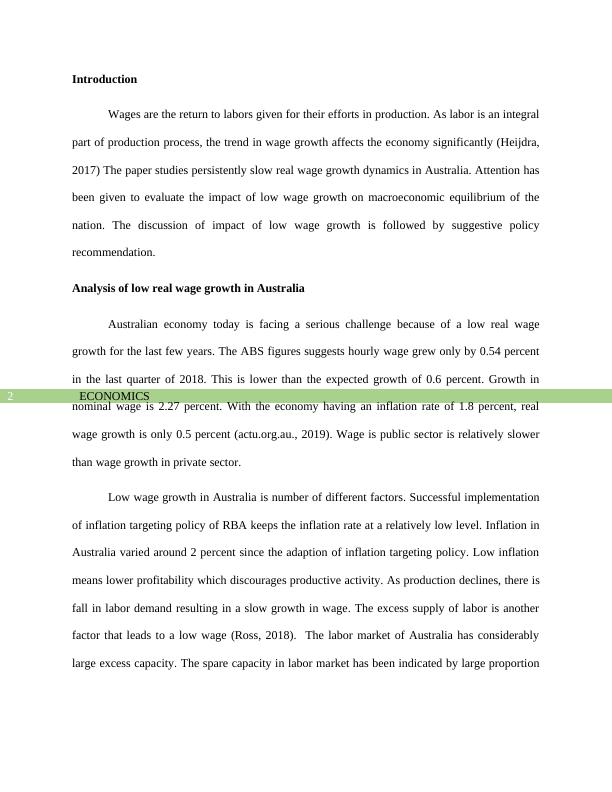Analysis of Low Real Wage Growth in Australia
Added on 2022-11-16
7 Pages1024 Words105 Views
End of preview
Want to access all the pages? Upload your documents or become a member.
Factors Explaining Slow Economic Growth in Australia
|7
|514
|50
Macroeconomics Name of the University Course ID Question 1 2 Link between weak wage growth and weak short term economic growth
|9
|1645
|299
Economic Policy Frameworks and Markets - PDF
|13
|2327
|237
Impact of Property Price Bust on Macroeconomic Variables
|8
|1698
|82
Economics Policy Framework and Market
|15
|2105
|20
Australia's GDP Growth Rate in 2017 and its Impact on the Economy
|10
|1687
|75



